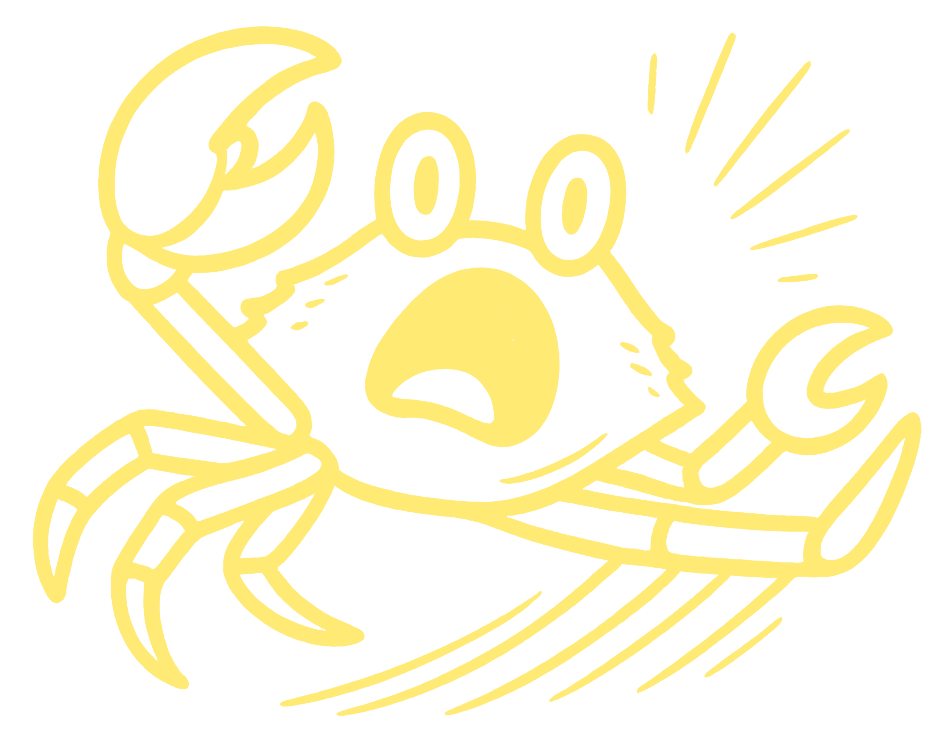WHERE THE HELL ARE THE CRABS?
Whilst technically you can catch crabs all year round, don’t be surprised if your bucket looks emptier than a mermaids purse. Crabs are cold-blooded — their bodies run on the temperature around them. So whilst you might be toasty and snug on the sofa, watching Noel’s House Party, over eating gumballs and gravy - the crabs eat less and that means they won’t take the bait. Lets find out more:
* Dormancy and inactivity: Shore crabs are not truly hibernating but become much less active, similar to a state of deep sleep.
* Relocation to deeper water: As water temperatures drop, crabs move from intertidal zones to deeper water where temperatures are more stable.
* Burrowing: In the mud or sand at the bottom of the sea, they find sheltered spots and remain inactive.
* Reduced feeding: The cold weather and a lack of available food sources lead to inactivity and a cessation of feeding.
* Molting delay: The timing of molting, or shedding their shells to grow, is affected by temperature; cold weather delays this process.
Spring resurgence:
As the sea warms up, the crabs clock back in. They get hungry, get moving, and march back into the shallows — ready to feed, find mates, and get in the bucket.

